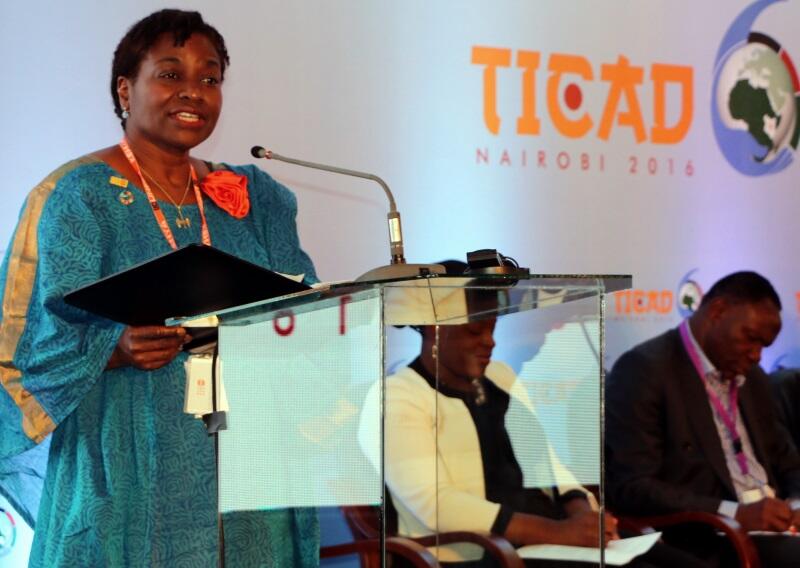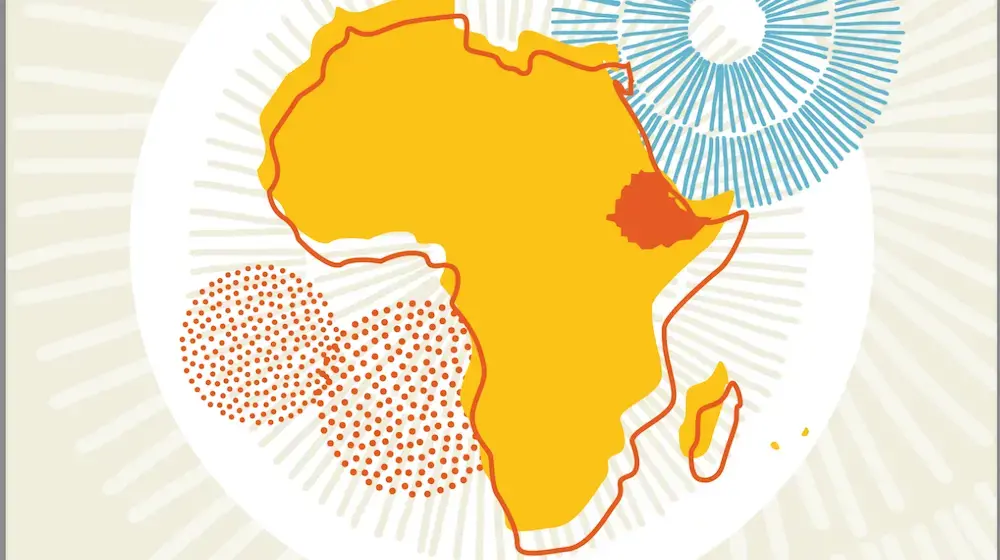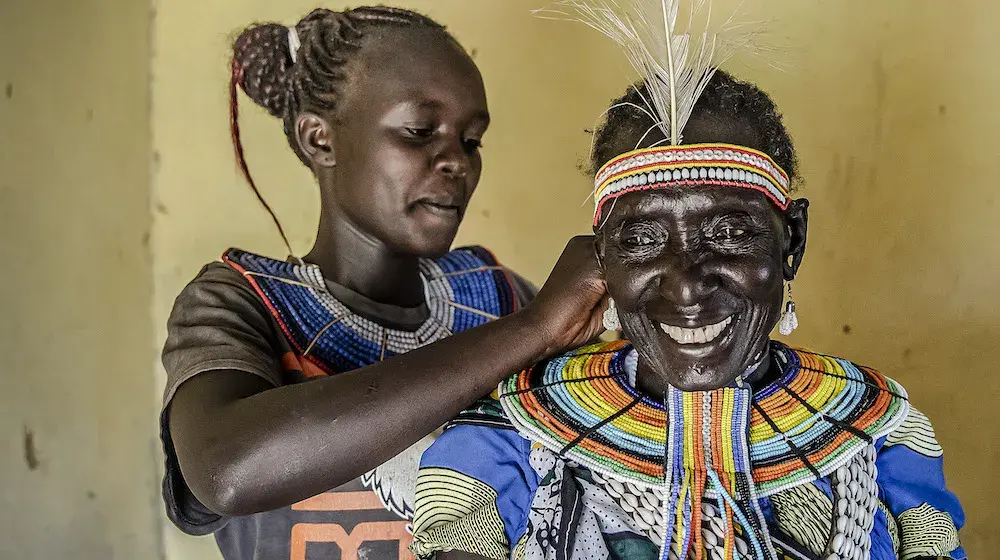NAIROBI, Kenya, TICAD VI – “Girls are the world’s greatest untapped resource. Investments in girls enable them to enjoy their human rights and realise their full potential, and have significant economic returns.”
This was said by Dr. Natalia Kanem, United Nations Assistant Secretary-General and Deputy Executive Director, UNFPA, the United Nations Population Fund, at a High Level Consultative Meeting on ‘Harnessing the Demographic Dividend in Africa’. This took place today, on the eve of the 6th Tokyo International Conference on African Development (TICAD) in Nairobi, Kenya, from 27-28 August.
The high level meeting, convened by the National Council for Population and Development, focused on the importance of harnessing the Demographic Dividend as a means to sustainable economic growth and inclusive development.
Africa is one of the fastest urbanizing continents, with urban areas holding particular appeal to young people. However, many young people live in slums with few critical socioeconomic services such as education and health.
“The situation for many girls in Africa is particularly dire,” she said. Girls under 15 years are 5 times more likely to die during childbirth than older women; maternal conditions account for more than 15 per cent of all deaths. “Despite this staggering statistic, access to maternal health services, in particular skilled birth attendants, is lowest for adolescent girls.”
Addressing population dynamics in Africa, especially for young people, is of immediate urgency and importance. - Dr. Natalia Kanem, UN Assistant Secretary-General and UNFPA Deputy Executive Director
Girls’ potential to uplift economies
Returns to investing in girls have the potential to uplift economies. Girls completing secondary school in Kenya would add US$ 27 billion to the economy over their lifetimes. If young women in Nigeria had the same employment rates as young men, the country would add US$ 13.9 billion annually.
“The significant potential for these types of economic and social advances is exactly why addressing population dynamics in Africa, especially for young people, is of immediate urgency and importance,” she said.
Demographic Dividend for Africa
The African Union Commission recently developed and adopted the Roadmap on Harnessing the Demographic Dividend through Investment in Youth. The Demographic Dividend framework links rights-based human capital development, women’s empowerment and sexual and reproductive health, economic growth, and long-term sustainable development.
“The past year has seen great strides across the continent on harnessing the Demographic Dividend,” Dr. Kanem said.
Government leaders, development experts and UNFPA conducted national studies in more than 14 countries, many of which are now using them to inform their national development plans and family planning policies.
Many political leaders, including presidents from across the continent, have agreed to champion these issues nationally and join UNFPA in mobilizing Demographic Dividend champions from the public and private sector, and beyond.
It is time to take the concept of integrated development and make it a reality.
- Dr. Natalia Kanem
“We must ensure that this momentum continues,” she said. The Demographic Dividend requires a collective effort to invest and advance across sectors. It includes investments to ensure young people avoid early marriage and unplanned pregnancies, receive high quality education, and access to opportunities for employment and lifelong development.
Governments, donors and partners across the UN system must work together to expand the life chances of young people across all aspects of life.
“It is time to take the concept of integrated development and make it a reality. If we succeed in this, millions of girls, women and young people will be empowered to bring to fruition a more prosperous, sustainable future and the just, inclusive, equitable Africa and world we want,” Dr. Kanem said.
Africa has world’s highest population growth rate
The current population of Africa is an estimated at 1.2 billion people, which includes 367 million between the ages of 10-24 years. By 2063 the population of adolescents and youth is expected to double and account for 43 per cent of the total population.
With the highest rate of population growth, Africa is expected to account for more than half of the world’s population growth over the next 35 years – 10 of the fastest growing populations will be located on the continent – according to United Nations population estimates and projections.





